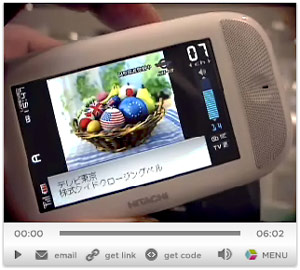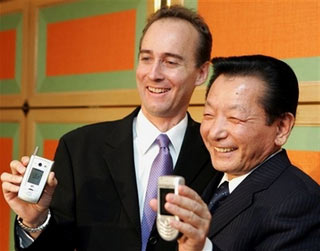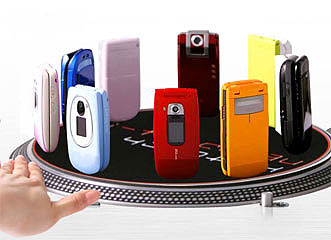Au Blitz Unveils Seven New Handsets
KDDI has just held a press conference in the New Otani hotel to introduce another seven new handset models for the summer season just as the most recent batch announced earlier this year are now hitting the streets here in Japan. The new hardware on tap includes a Walkman branded model from Sony Ericsson and Casio’s follow-up to last years popular G’zOne water-proof ‘tough phone’ offering. They have also announced another Hitachi handset with the felica mobile wallet chip, a super-slim Kyocera coming in at 18mm thick with a 2.4inch ASV liquid crystal screen (and analog tv tuner), a new Toshiba ‘mass music’ model with bluetooth and 1GB memory on-board plus an additional digital TV tuner enabled unit (with PC site viewer) coming from Sanyo.


 NHK and five commercial TV broadcasters held a splashy launch party in Tokyo’s central Shinjuku train station on Saturday afternoon, announcing the official start of terrestrial ‘One-Seg’ broadcast services. The carriers have lined up accordingly: NTT DoCoMo has partnered with Nippon Television and Fuji Television, while KDDI has forged a partnership with TV Asahi.
NHK and five commercial TV broadcasters held a splashy launch party in Tokyo’s central Shinjuku train station on Saturday afternoon, announcing the official start of terrestrial ‘One-Seg’ broadcast services. The carriers have lined up accordingly: NTT DoCoMo has partnered with Nippon Television and Fuji Television, while KDDI has forged a partnership with TV Asahi. Last week’s
Last week’s 